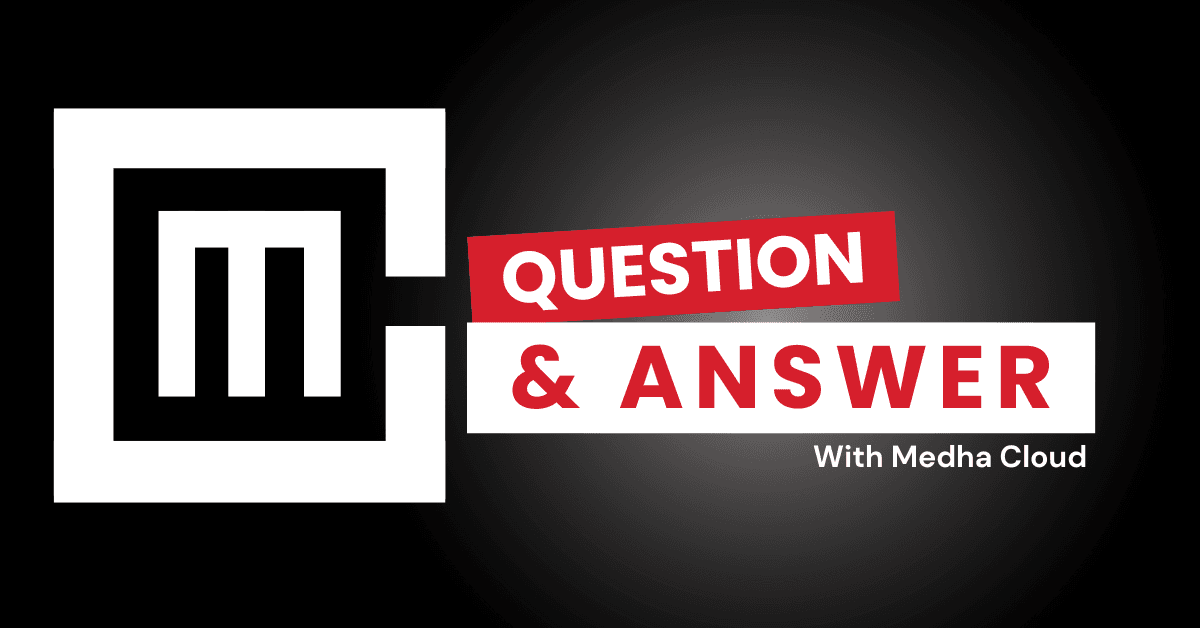In outsourced IT helpdesks, Level 1 (L1), Level 2 (L2), and Level 3 (L3) support are handled by progressively specialized teams with distinct responsibilities. Each level is staffed by professionals with varying expertise to efficiently address issues based on complexity and urgency.
Responsibilities and Personnel at Each Support Level
Level 1 (L1) Support: Basic Helpdesk
- Who handles it:
- Entry-level technicians with general IT knowledge.
- Focused on resolving routine issues quickly and escalating complex cases as needed.
- Responsibilities:
- First point of contact for users.
- Handles basic issues like:
- Password resets.
- Account lockouts.
- Software installation.
- Basic troubleshooting for hardware and software.
- Logs incidents in the ticketing system and categorizes them.
- Tools used:
- Remote desktop software for basic diagnostics.
- Ticketing systems like Zendesk, Freshdesk, or ConnectWise.
Level 2 (L2) Support: Intermediate Technical Support
- Who handles it:
- Experienced technicians or engineers with specialized expertise in IT systems, applications, and networks.
- Focused on resolving escalated issues from L1.
- Responsibilities:
- Addresses complex issues like:
- Network connectivity problems.
- Application errors and configuration issues.
- Device-specific troubleshooting for printers, servers, or peripherals.
- Performs root cause analysis and detailed diagnostics.
- Coordinates with vendors for warranty claims or third-party service requests.
- Tools used:
- Advanced diagnostic tools for network and application troubleshooting.
- IT management platforms like SolarWinds, Datto RMM, or Nagios.
Level 3 (L3) Support: Expert and Specialized Support
- Who handles it:
- Senior engineers, subject matter experts (SMEs), or specialists in areas like security, cloud infrastructure, or software development.
- Often includes collaboration with external vendors or in-house teams for proprietary technologies.
- Responsibilities:
- Resolves the most complex and critical issues, such as:
- Server failures or outages.
- Advanced security incidents like malware or ransomware attacks.
- Infrastructure and database troubleshooting.
- Implements long-term solutions and optimizations.
- Assists in major IT projects, like migrations or system upgrades.
- Tools used:
- Enterprise-grade platforms like Splunk, AWS Management Console, or VMware vSphere.
- Custom tools for code debugging, database analysis, or advanced security monitoring.
Benefits of Tiered Support in Outsourced IT Helpdesk
- Efficient issue resolution:
- Basic problems are quickly resolved at L1, freeing higher levels for complex issues.
- Expertise alignment:
- Each level is staffed with professionals suited to the complexity of the task.
- Cost-effectiveness:
- L1 handles routine problems at a lower cost, while L2 and L3 provide targeted expertise for escalated issues.
- Scalability:
- Support tiers can scale to accommodate growing or fluctuating demand.
Need a multi-tiered IT support solution?
Medha Cloud offers professional L1, L2, and L3 support tailored to your business needs.
I’m Bharath, a Microsoft 365 and Azure engineer, helping small businesses make the most of Microsoft tools. As a Microsoft certified engineer, I have experience migrating organizations to Microsoft solutions and offer guidance on cloud-based solutions to optimize business operations.


